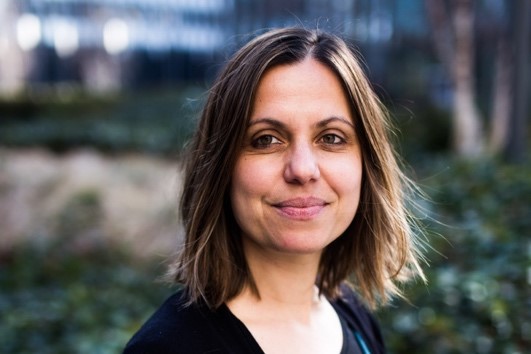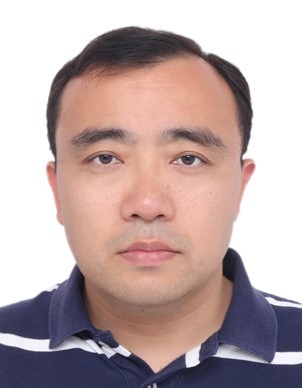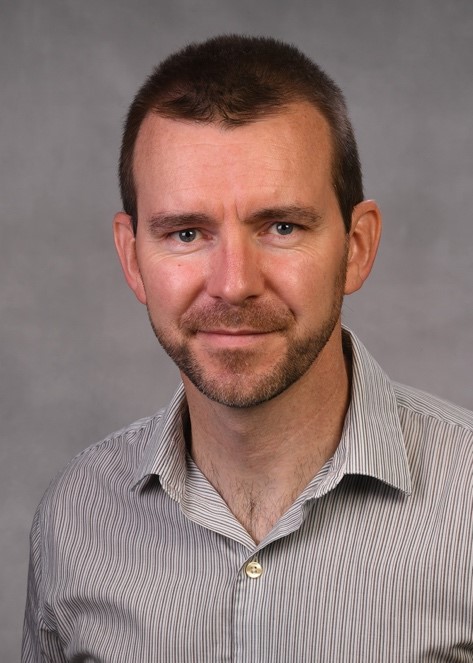The workshop date: October 6, 2021
All time in the agenda is USA Eastern Standard Time (EST), UTC -5
| 9:00-9:10 | Workshop welcome and opening remarks |
Session 1: Quantum Communication and Networks
| 9:10-9:40 | [Keynote] Long distance quantum communication network. Qiang Zhang (University of Science and Technology of China, China) | |
| 9:40-10:00 | Information balance in multi-party quantum communication. Yong-Su Kim (Korean Institute of Science and Technology, Korea) | |
| 10:00-10:20 | High-rate quantum key distribution with silicon photonics. Likang Zhang, Wei Li, Hao Tan, Kejin Wei and Feihu Xu (University of Science and Technology of China, China) | |
| 10:20-10:40 | Quantum Key Distribution over 511 km optical fiber linking two distant cities. Jiu-Peng Chen (Jinan Institute of Quantum Technology, China) | |
|
Tea Break (10 minutes) |
||
Session 2: Quantum Cryptography and Communication Security
| 10:50-11:20 | [Keynote] NIST Post-Quantum Cryptography Standardization. Lily Chen (National Institute of Standards and Technology, USA). | |
| 11:20-11:40 | Some research progresses of specific quantum resource theory. Quan Quan (Xi’an Jiaotong University, China) | |
| 11:40-12:00 | Evaluating the Eavesdropper Entropy via Bloch-Messiah Decomposition. Micael Andrade Dias and Francisco M. de Assis (Federal University of Campina Grande, Brazil) | |
|
Lunch Break (1 hour) |
||
Session 3: Quantum Communication and Measurement
| 1:00-1:30 | [Keynote] Secure communications in quantum networks. Eleni Diamanti (French National Scientific Research Center, France) | |
| 1:30-1:50 | Constraints on Gaussian Error Channels and Measurements for Quantum Communication. Alex Kwiatkowski, Ezad Shojaee, Sristy Agrawal, Akira Kyle, Curtis Rau, Scott Glancy and Emanuel Knill. (National Institute of Standards and Technology, USA) | |
| 1:50-2:10 | Systematic study of resource optimization in quantum-enabled communication channels. Jabir M. v., Nur Fajar Rizqi Annafianto, Ivan Burenkov, Abdella Battou, Sergey Polyakov.( National Institute of Standards and Technology, USA) | |
| 2:10-2:30 | Experimental shot-by-shot estimation of quantum measurement accuracy. Nur Fajar Rizqi Annafianto, Ivan Burenkov, Jabir M. v., Abdella Battou, Sergey Polyakov. (National Institute of Standards and Technology, USA) | |
|
Tea Break (10 minutes) |
||
Session 4: Key Components and System Integration of Quantum Communication
| 2:40-3:10 | [Keynote] The Quantum Communications and Networking Project at the Information Technology Laboratory of NIST. Oliver Slattery (National Institute of Standards and Technology, USA) | |
| 3:10-3:30 | A self-validated detector for characterization of quantum network components. Anouar Rahmouni, Thomas Gerrits, Alan Migdall and Oliver Slattery (National Institute of Standards and Technology, USA) | |
| 3:30-3:50 | Electromagnetically Induced Transparency based Quantum Memory in Vapor Cell. Sumit Bhushan, Lijun Ma, Xiao Tang and Oliver Slattery (National Institute of Standards and Technology, USA) |
Keynote
Keynote 1: Dr. Lidong (Lily) Chen, NIST
Title: NIST Post-Quantum Cryptography Standardization
Abstract: Quantum computers will accelerate information processing and solve previously unfeasible problems which promise life-changing scientific breakthroughs. However, the emerging quantum computers, when in full size, will completely break the well deployed public-key cryptosystems. This talk highlights quantum impact to communication and network security and introduces post-quantum cryptography (PQC). The talk will focus on NIST effort on PQC standardization and discuss transition strategies.
Keynote 2: Dr. Eleni Diamanti, the French National Scientific Research Center (CNRS)

Title: Secure communications in quantum networks
Abstract: Quantum technologies have the potential to improve in an unprecedented way the security and efficiency of communications in network infrastructures. We discuss the current landscape in quantum communication and cryptography, and focus in particular on recent photonic implementations, using encoding in discrete or continuous properties of light, of central quantum network protocols, enabling secret key distribution, verification of multiparty entanglement and transactions of quantum money, with security guarantees impossible to achieve with only classical resources. We also describe current challenges in this field and our efforts towards the miniaturization of the developed photonic systems, their integration into telecommunication network infrastructures, including with satellite links, as well as the practical demonstration of novel protocols featuring a quantum advantage for a wide range of tasks. These advances enrich the resources and applications of the emerging quantum networks that will play a central role in the context of future global-scale quantum-safe communications.
Keynote 3: Prof. Qiang Zhang, University of Science and Technology of China (USTC)

Title: Long distance quantum communication network
Abstract: Quantum network can provide unconditional secure communication, distributed quantum computing and remote sensing. Here, I shall review the experimental progress towards large scale quantum network, including PQC authorized metropolitan QKD network, field test of twin field QKD over long haul fiber, miniature satellite based QKD and etc.
Keynote 4: Dr. Oliver Slattery, The National Institute of Standards and Technology (NIST)

Title: Overview of The Quantum Communications and Networking Project in NIST’s Information Technology Laboratory
Abstract: Research in the Quantum Communications and Networking Project in NIST’s Information Technology Laboratory (ITL) focuses on developing quantum devices and studying them for use in quantum communications and quantum networking applications. The project goal is to bridge the gap between fundamental quantum mechanics and information theory and their practical applications in information technology. In this talk, we will provide an overview of our current research and our goals for applying this research towards quantum network applications.


